ITER organization admits that the reactor is not designed for net electricity production
Laban Coblentz, the current spokesman for the ITER organization
Back to the ITER Power Facts main page
By Steven B. Krivit
November 3, 2021
Click here for the French version of this article.
Also published today:
ITER Director General makes false claims to power in the French Senate
Bernard Bigot presentation to the French Senate – last 3 minutes
The ITER organization has confirmed that the International Thermonuclear Experimental Reactor is not designed to generate net electricity. This reveal comes four years after articles in the New Energy Times revealed that the ITER design is equivalent to a zero net power reactor.
In an article in the French newspaper Le Canard Enchainé, Michel Claessens, the former spokesman for the ITER organization, explained ITER’s power discrepancy.
“For many years it has been claimed that the reactor will produce ten times the power fed in. It is completely wrong. Thanks to a patient study, the American journalist Steven Krivit has shown that ITER will consume just as much [power] how it will produce, ”said Claessens. “We now know the network [power] The balance will be close to zero. “
The newspaper asked the ITER organization for an answer. The organization sent an official but unsigned response, which was provided under the direction of current ITER spokesman Laban Coblentz.
“It is obvious that all the systems in the ITER installation use more energy than the plasma generates,” said the ITER organization.
On the contrary, the widespread understanding, as shown by these quotes from academic institutions, fusion industry partners, government agencies, energy organizations, encyclopedia articles, and the news media, has been that the entire reactor system is designed to produce net electricity.
The long story
The misconception that the ITER reactor should produce more electricity than it consumes goes back decades. A screenshot of the organization’s website on January 21, 1998 shows that the organization said “ITER will be the first fusion reactor to produce thermal energy at the level of a commercial power plant.”
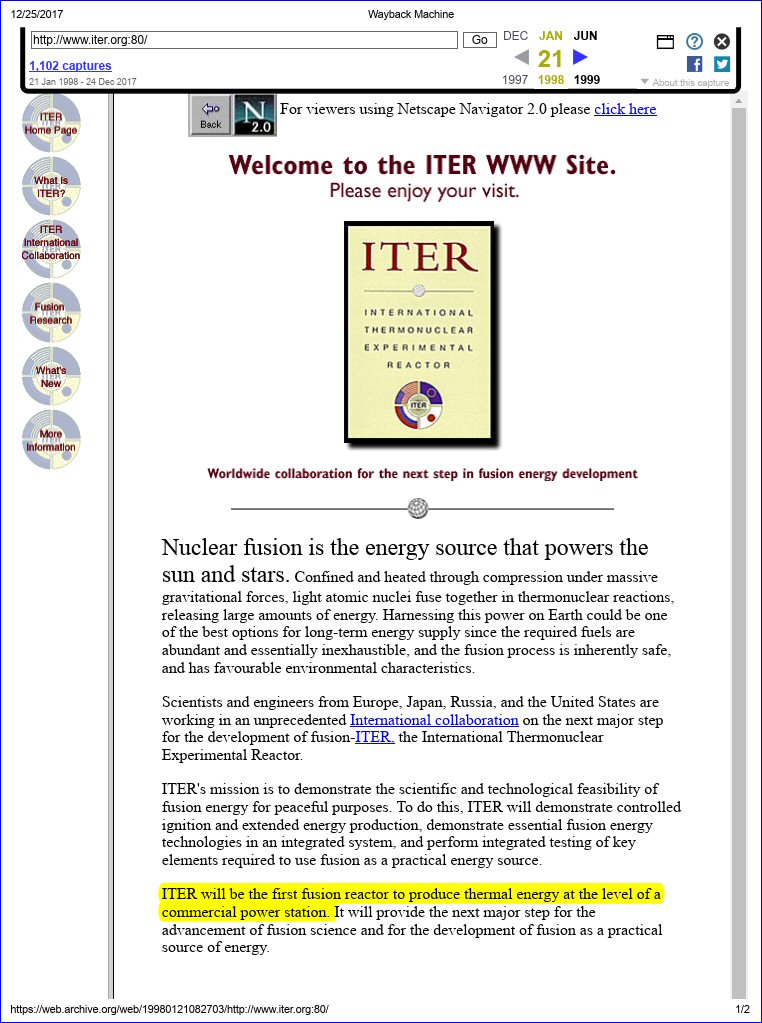
Image from the homepage of the ITER organization, January 21, 1998 (Courtesy Archive.org)
For the next two decades, the core message of the ITER organization regarding the goal of the project was communicated, as shown in this screenshot below.
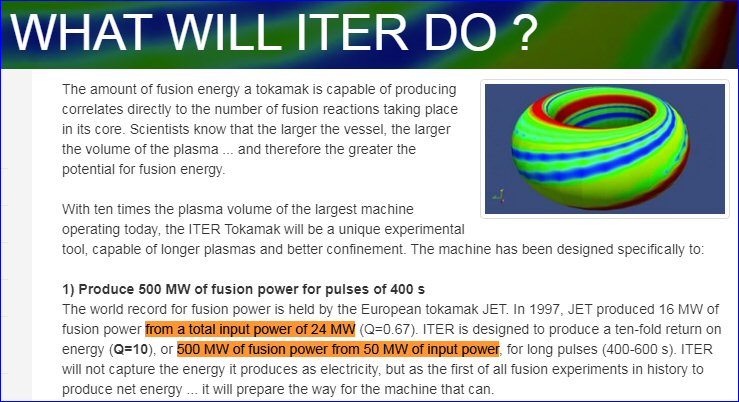
False claims made by the ITER organization as published on their website before October 6, 2017 (Click here to see the ITER organization’s correction just after October 5, 2017)
Here are the facts.
JET, the Joint European Torus Fusion Reactor, generated 16 megawatts of thermal power for a tenth of a second from 24 megawatts of heating power, which was fed into the reaction chamber to heat the fuel. In addition, additional power was required for operation – a total of 700 megawatts of electricity. This fact was publicly unknown before I contacted the UK Atomic Energy Agency in 2014.
ITER is to generate fusion reactions with 500 megawatts of thermal power from 50 megawatts of heating power that is injected into the reaction chamber to heat the fuel. This is their primary measurable scientific goal. (Technically, it is the kinetic energy of the particles that could be converted into heat.)
To achieve this, the reactor needs 500 megawatts of electrical power to initiate the fusion reactions. The reactor will require 300 to 400 megawatts of electrical power throughout the experiment to generate the fusion reactions. If the reactor achieves its scientific goal, the overall reactor will not produce any net power or gain in power. ITER is a zero net power reactor design. These facts were generally unknown and not known to the public before I published this report on October 6, 2017. Citations and scientific references are available on the New Energy Times’ ITER Power Research and Analysis website.
Why have the full input power requirements for these reactors not been publicly disclosed by the merger community? Why didn’t fusion scientists ensure that their organizations’ public claims were correct and honest? Why did fusion scientists allow these discrepancies and misunderstandings decades after decades? The New Energy Times documentary “ITER, The Grand Illusion: A Forensic Investigation of Power Claims” answers these questions.
To date, misleading statements about the primarily measurable goal of the project are published on the website of the ITER organization, implying that the reactor itself is designed for a ten-fold increase in performance.
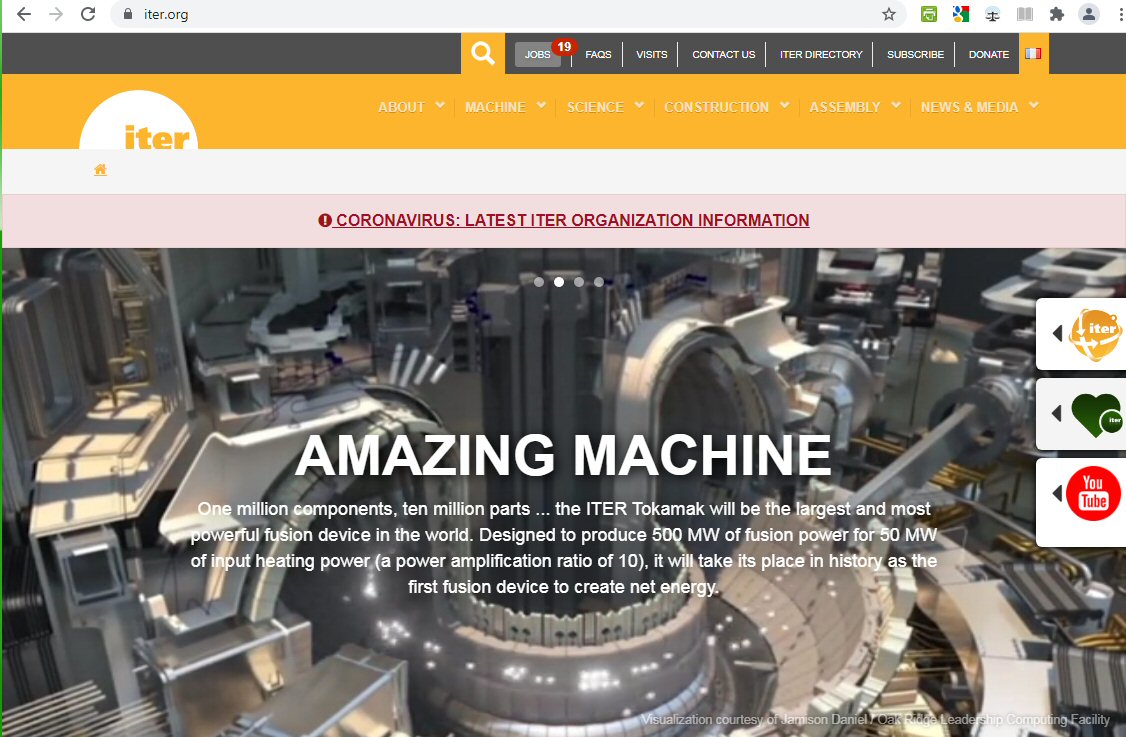
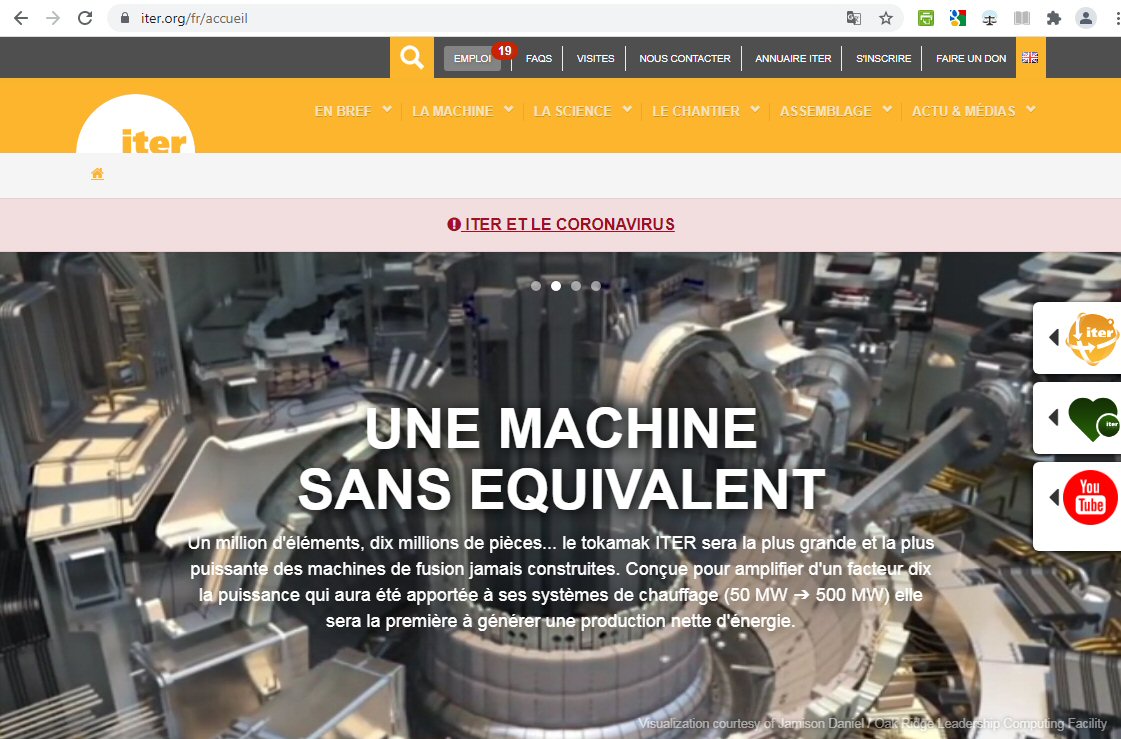
No misunderstanding?
Journalist Grant Hill asked Coblentz earlier this year about the false statements people have made about the performance of the ITER reactor. Coblentz said he thinks most people understand that the ITER reactor is designed for a gain that includes only the physical reactions and not the entire reactor.
“I don’t think there is any gigantic public deception or misconception,” said Coblentz.
For most of the past decade, prominent news organizations such as The Guardian, Nature Magazine, Science Magazine, and The New York Times have made materially false statements about the expected outcome of the ITER reactor. In most cases, the news outlets wrote that the entire reactor, not just the physical reactions, was designed for a ten-fold increase in performance.
Coblentz told Hill that the ITER organization made efforts to reach publications and journalists when it felt journalists misunderstood the values of power. The New Energy Times has compiled a list of more than 100 news articles that published the wrong performance values. Gizmodo recently made a fix after one of our editors contacted the magazine in October. After the New Energy Times contacted the National Law Review in 2020, the magazine made a correction. After the New Energy Times posted a comment to Nature magazine in 2017, the magazine made a correction. We are not aware of any further fixes to any of the 100+ news articles that incorrectly state the ITER design specification.
When Hill saw the New Energy Times documentary, he saw that members of the US Congress, as well as journalists, had misunderstood the primary measurable goal of the ITER reactor.
During a Congressional hearing on ITER in 2014, California MP Eric Swallwell said, “ITER is designed to produce at least ten times the amount of energy it uses.” Texas MP Eddie Bernice Johnson said fusion scientists are “confident that it is now possible to to build a full-size test reactor that produces far more energy than it consumes. “
Coblentz told Hill he was confident lawmakers understood the project’s goals correctly but had purposely made “simplifications” when speaking during the hearing.
State of confusion
Despite the fact that the ITER organization informed Le Canard Enchainé last week that it is “obvious” that the entire ITER reactor will not produce more electricity than it consumes, subscribers to the popular French science magazine Science & Vie last week a contradicting statement from Alain Bécoulet, the head of technology at the ITER organization.
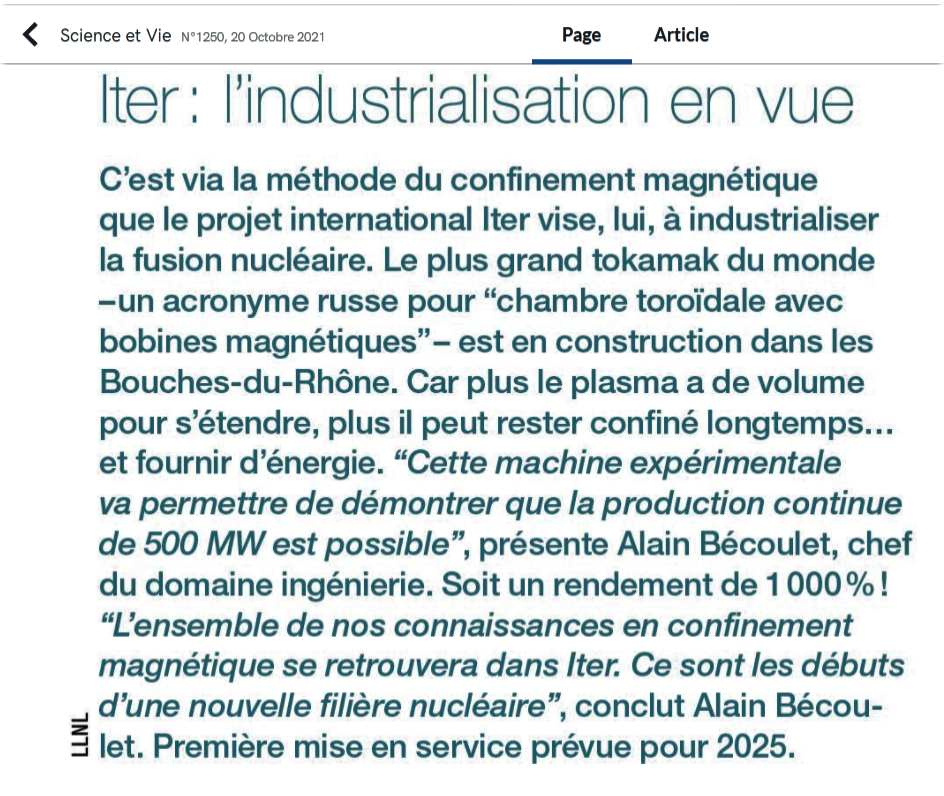
Bécoulet said the ITER machine will demonstrate a ten-fold increase in output and generate 500 megawatts from 50 megawatts:
French: “With this test machine it will be possible to show that continuous production of 500 MW is possible,” said Alain Bécoulet. Or a return of 1000%!
Deutsch: “This test machine demonstrates that continuous production of 500 MW is possible,” said Alain Bécoulet. Give you a profit of 1000%!
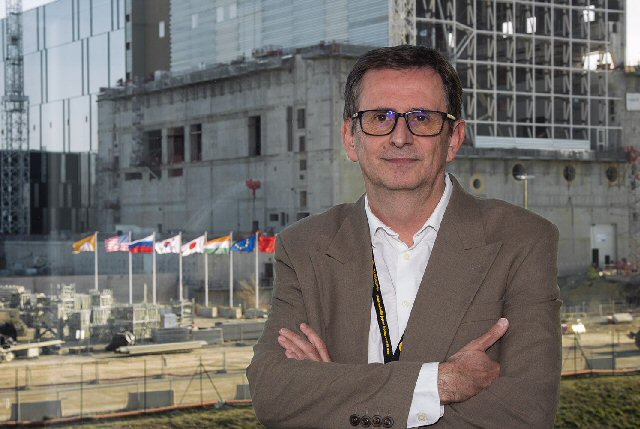
Alain Becoulet
Contrary to Bécoulet’s claim, if the machine achieves its scientific goal, it will end up with zero net output and zero profit. Contrary to Bécoulet’s assertion, with the targeted output of 500 megawatts, the machine is not designed for the continuous generation of thermal energy. Instead, it’s designed for around 500 seconds.
Incorrect information from senior staff in the ITER organization is nothing new. A year ago we reported that Tim Luce, the senior scientist of the ITER organization, regularly told journalists: “We plan to produce 500 megawatts with 50 megawatts of consumption.”
In the summer of 2017, we presented the discrepancies between the facts of power and the claims of power to David Campbell, the organization’s former chief scientist, on the ITER organization’s website. A month later, he submitted his resignation.
And just last week, hours after Le Canard Enchainé published the ITER organization’s confirmation that ITER is a zero net power reactor design, Bigot testified before the French Senate Committee on Economics, telling the senators that the entire ITER Reactor is expected to be demonstrated a gain of three to five times the electricity consumption. (Click here for this message.)
Understandably, members of the ITER organization need some time to agree on a common set of messages.
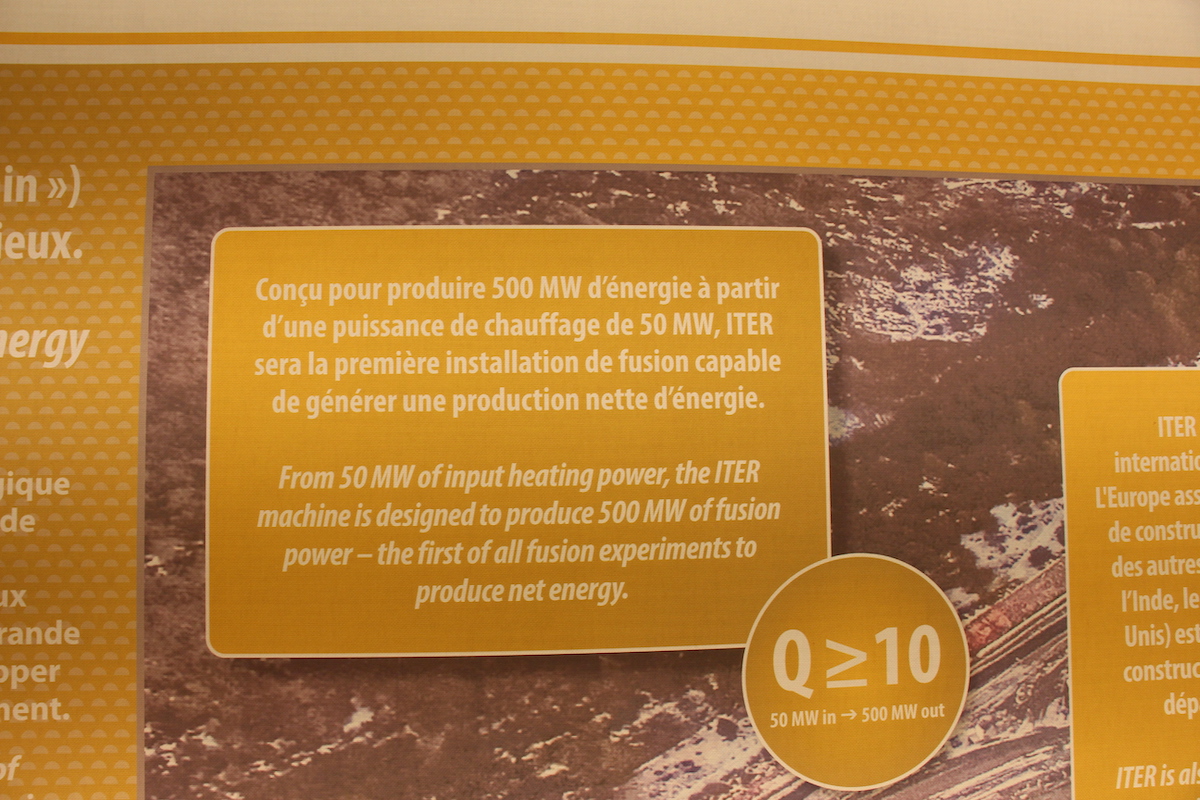
Wall display in the ITER headquarters building. (Photo: Celia Izoard)



Comments are closed.